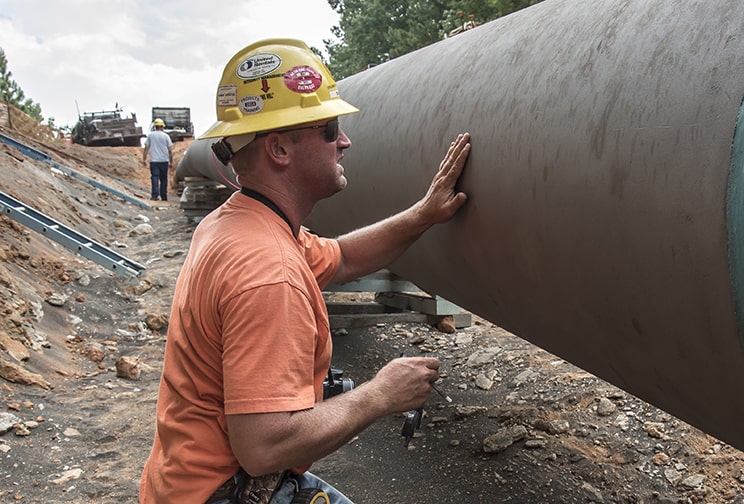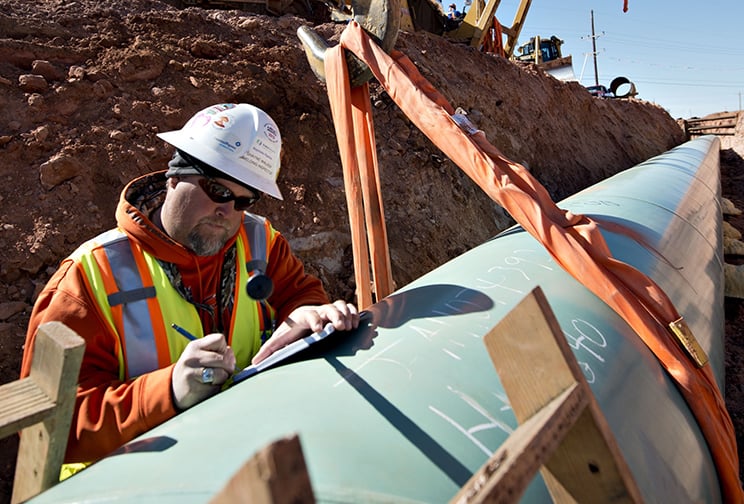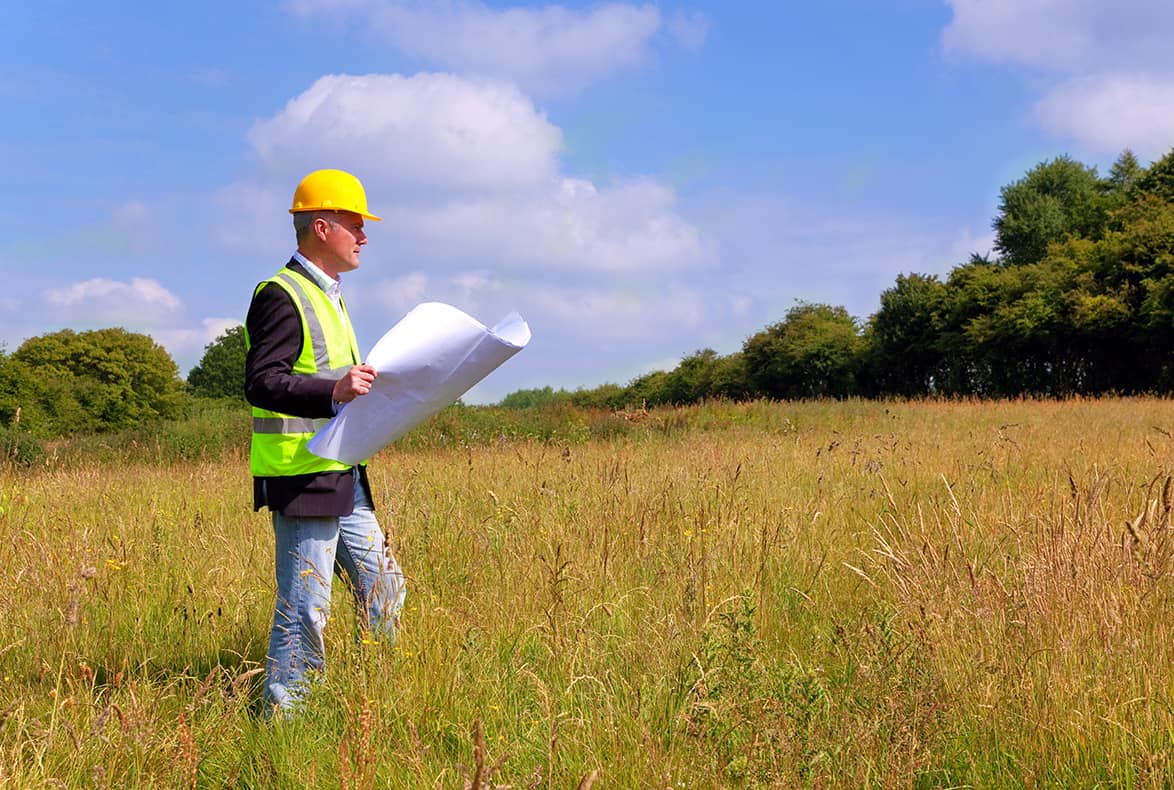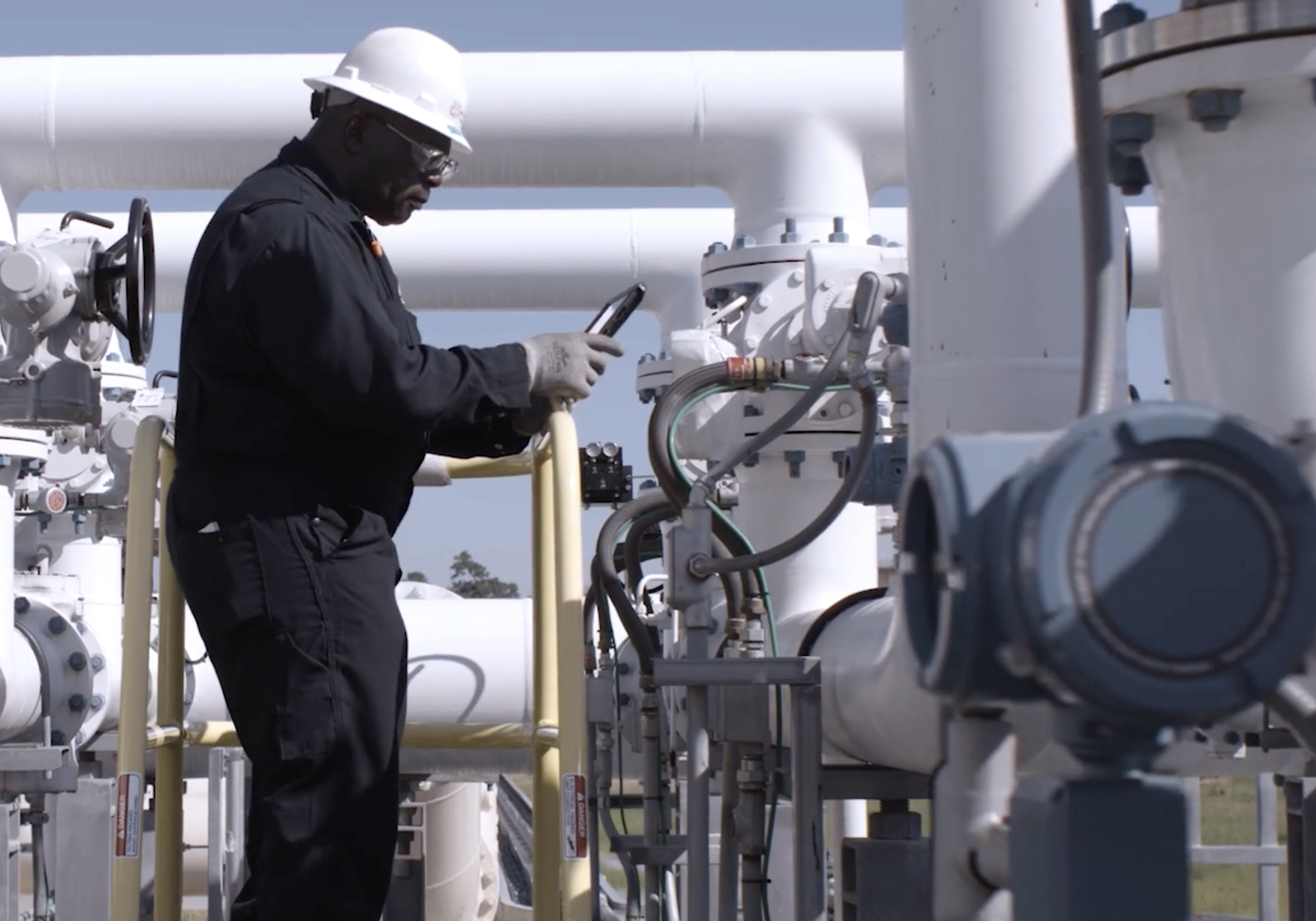Safety
Even though you may not see pipelines, they are constantly working on your behalf. Similarly, pipeline operators are there behind the scenes constantly working to keep those pipelines operating safely. Proactive inspections, preventive maintenance, 24/7 monitoring, rapid shutdown and emergency response ready to go all keep pipelines and surrounding areas safe.

Keeping Pipelines Safe
Pipeline operators proactively inspect their pipelines on regular schedules looking for any potential issues and ensuring the pipe remains safe.

Safety Record
While 99.999% of liquid energy delivered by pipeline arrives safely, accidents can happen. Pipeline operators study their safety record to learn where to improve.
Learn More
Safety Technology
Pipeline operators use high-tech devices, similar to an MRI or ultrasound at the doctor’s office, to scan their pipelines for potential issues.
Learn MoreEnvironmental Protection
Pipeline operators minimize the environmental impact of their pipelines with route selection, construction and materials, proactive inspections and preventative maintenance, 24/7 leak detection systems, and emergency response programs.

climate change
LEPA recognizes climate change is a challenge and is committed to promoting innovations that minimize pipeline greenhouse gas emissions while meeting the world's energy needs.
